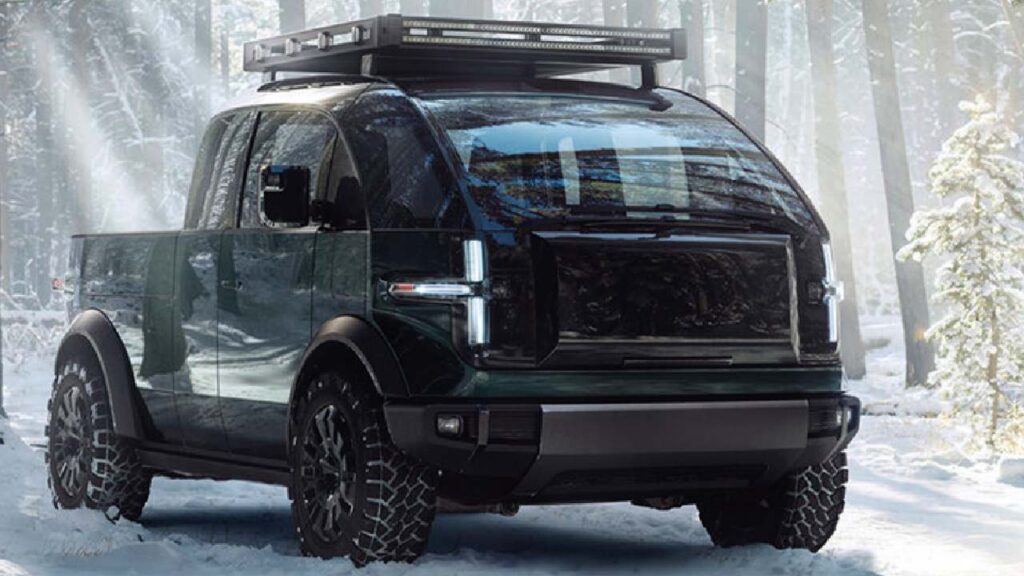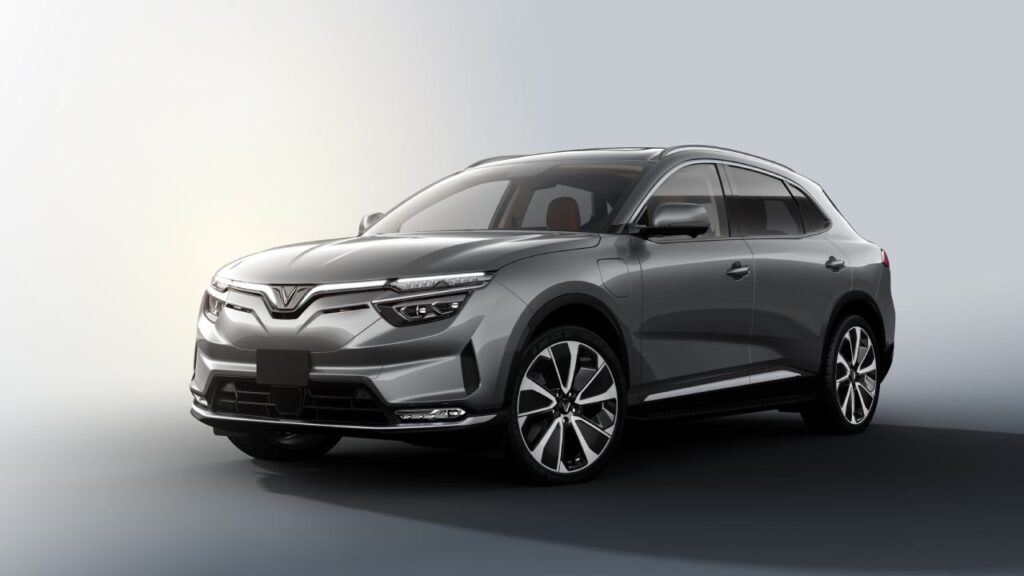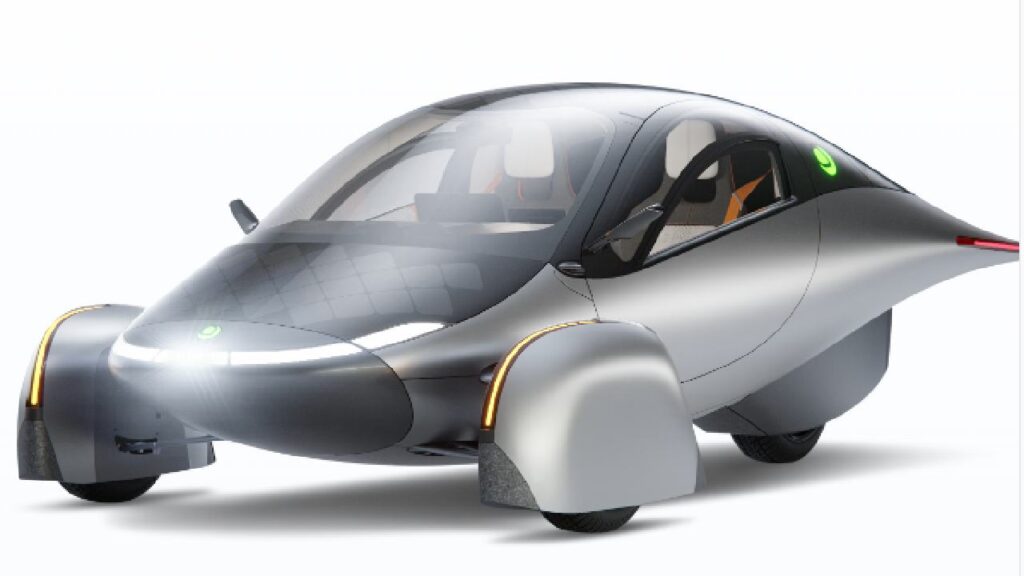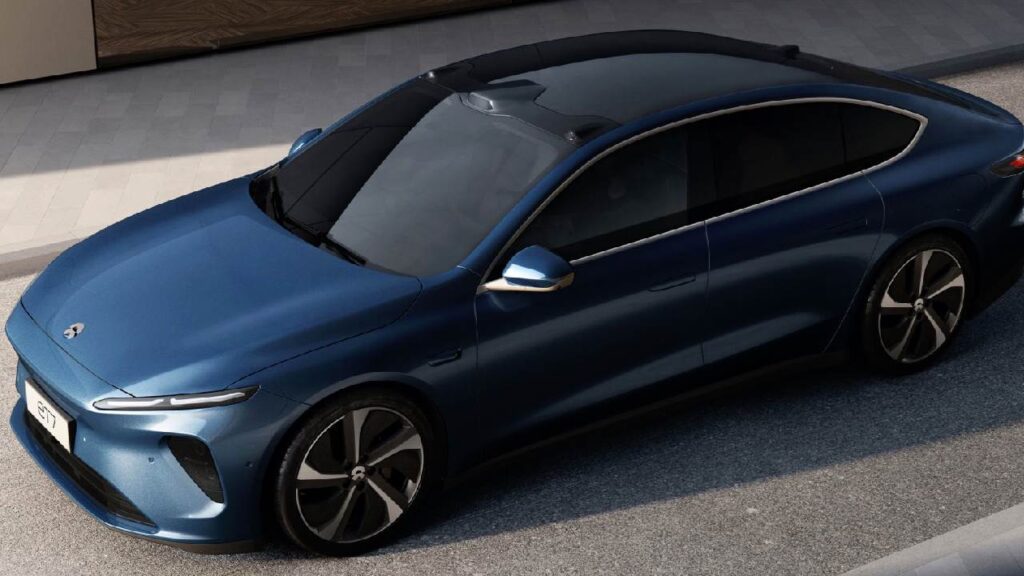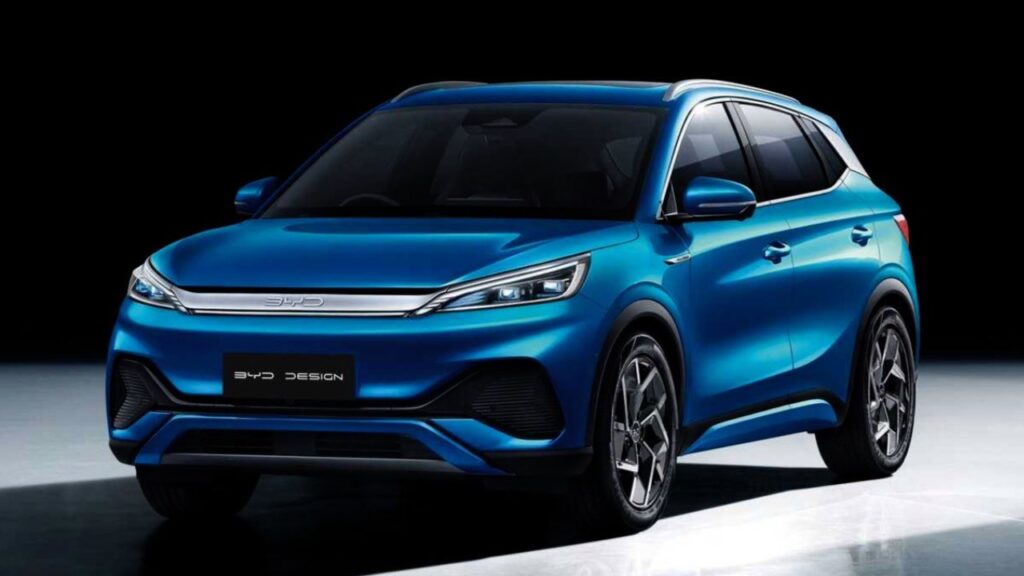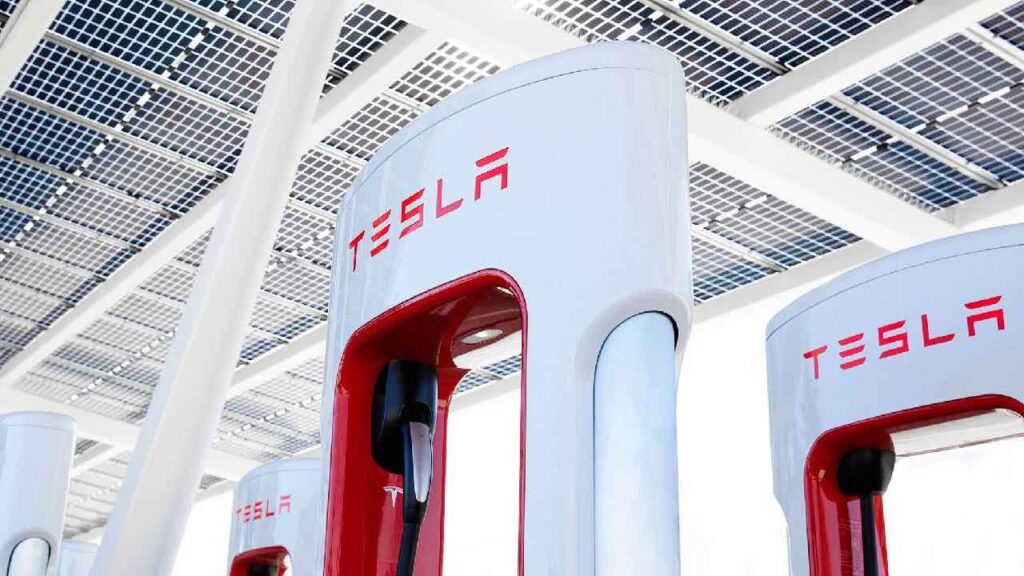Canoo Electric Pickup Truck Could Be The EV You Really Need
Canoo is a California-based startup that plans to deliver the lifestyle electric pickup truck next year (2023) along with commercial vans (about to commence deliveries of 4,500 EVs to Walmart). Canoo electric pickup truck might just be the EV you would actually need. While there are the colossal pickup trucks that have an established customer base, the relatively more compact electric trucks would prove to be far more practical in terms of everyday usage like in parking lots and charging stations. Canoo is a whole 4 ft shorter than the Ford F-150 Lightning. Established in 2017 by credible founders who had prior experience of working at BMW and Faraday Future, Canoo certainly knows what its doing. You might also like: Is Rivian R1T Electric Truck A Perfect Rival To Ford F-150 Lightning? Canoo Electric Pickup Truck – Specs It comes with the option of a single (rear) or dual motor configuration. Canoo Pickup Specs Drivetrain Single (RWD) or Dual Motor (AWD) Battery 80 kWh Max Power 600 hp Max Torque 550 lb-ft (746 Nm) Range 200+ mi (322 km) Payload Capacity 1,800 lbs (816 kg) Canoo Pickup Specs You might also like: VinFast VF8 Will Be The First EV From Vietnam Dimensions The Canoo is a lifestyle pickup truck but its dimensions are not as monstrous as a full-sized pickup truck making it a perfect companion, especially for city use. Canoo Pickup Dimensions Length 284 in (4,677 mm) Width 78 in (1,980 mm) Height 76 in (1,920 mm) Wheelbase 112.2 in (2,850 mm) Bed Width 64 in (1,627 mm) Bed Length 72 in (1,817 mm) Bed Depth 21 in (522 mm) Canoo Pickup Dimensions You might also like: Faraday Future FF91 is the Ultra-Luxury EV of the Future Features As is the case with every pickup truck, it becomes crucial to equip it with utilitarian and practical functions. In this case, the Canoo comes with a 6-ft-long Pull-out Bed Extension (up to 8 ft) with a secondary lamp, a Fold Down Worktable + Cargo Storage with electrical outlets, Flip-Down Side Tables that could become another workbench with power sources nearby, Side Step that could double up as storage for first-aid kits, cooler for snacks and drinks, Modular Cargo Bed with Space Dividers to package things more efficiently, Tow Hitch Receiver, Roof Rack, LED Lighting, Camper Shell to attach tents, etc and much more.

